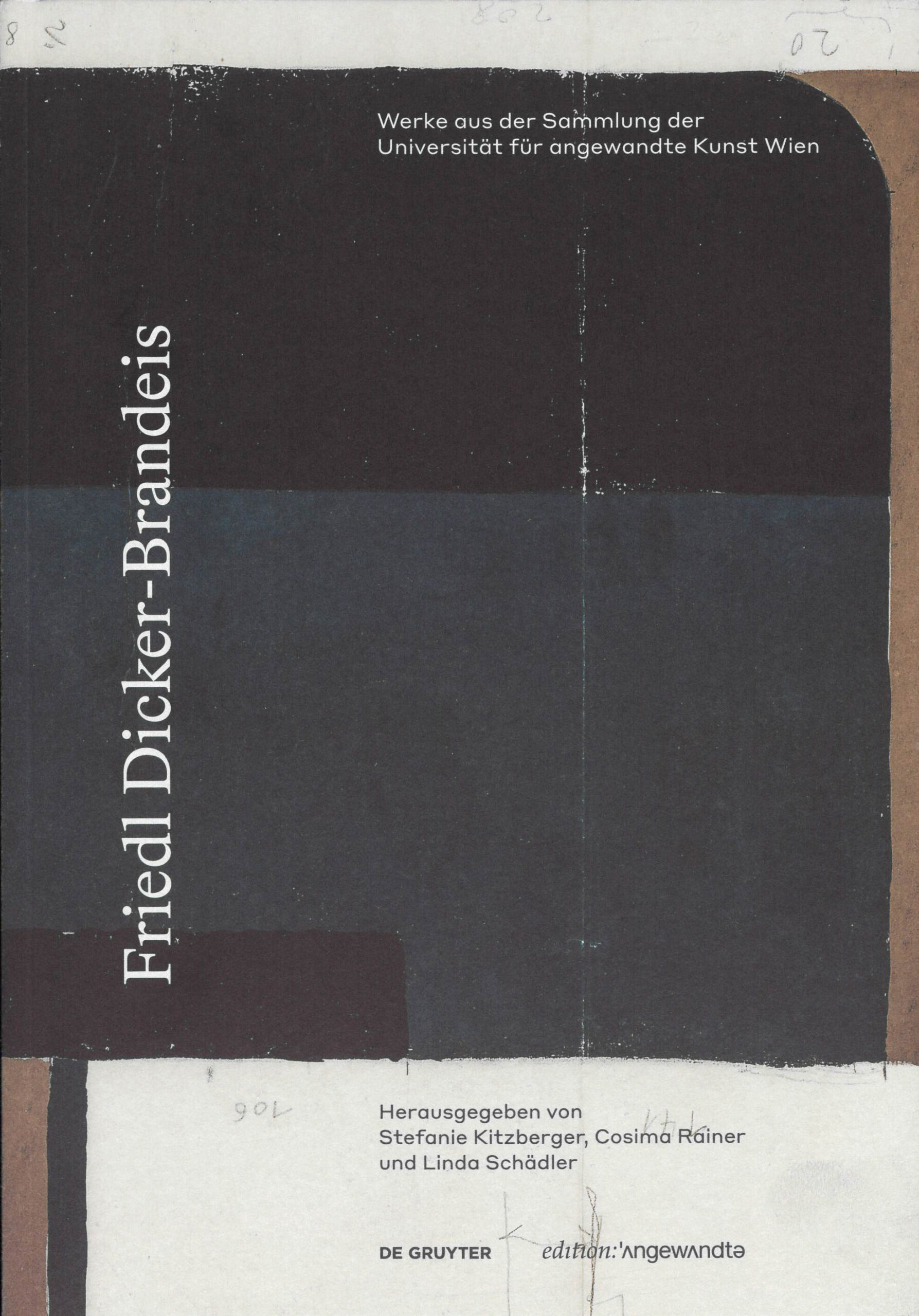
Rehm, Robin. 2022. “Psychologie Der Kunst: Gestalt Und Farbe Bei Friedl Dicker-Brandeis.” In Friedl Dicker-Brandeis, edited by Stefanie Kitzberger, Cosima Rainer, and Linda Schädler, 271–91. De Gruyter. https://doi.org/10.1515/9783110789126-030.
Mann im Zimmer is the economic title of Friedl Dicker-Brandeis for an undated pastel sheet in blue, green and red tones, which shows a person in the center of a room constructed in perspective. Glistening white light penetrates through a square, lemon-yellow opening. The man looks up at the ceiling. Only his pale face stands out against the vermilion wall shaded with black. Also in vermilion, but strangely luminous, is the bentwood chair, which contrasts with the man’s ultramarine clothing. Expressly, Dicker conceives the psychologically necessary as the main criterion of the modern interior. Central to this focus on psychology is the relationship between space and color. “Indisputably, the proposition,” reads Karl Bühler’s 1922 Struktur der Wahrnehmung , “that we can see neither color without space nor space without color, passes from one representation into the other; only its interpretation differs.” Accordingly, color is decidedly related to the surface on which it appears. Due to its space-creating power, it has a share in the living-active, thus in that to which Friedl Dicker’s painting and interior design constantly appeal.